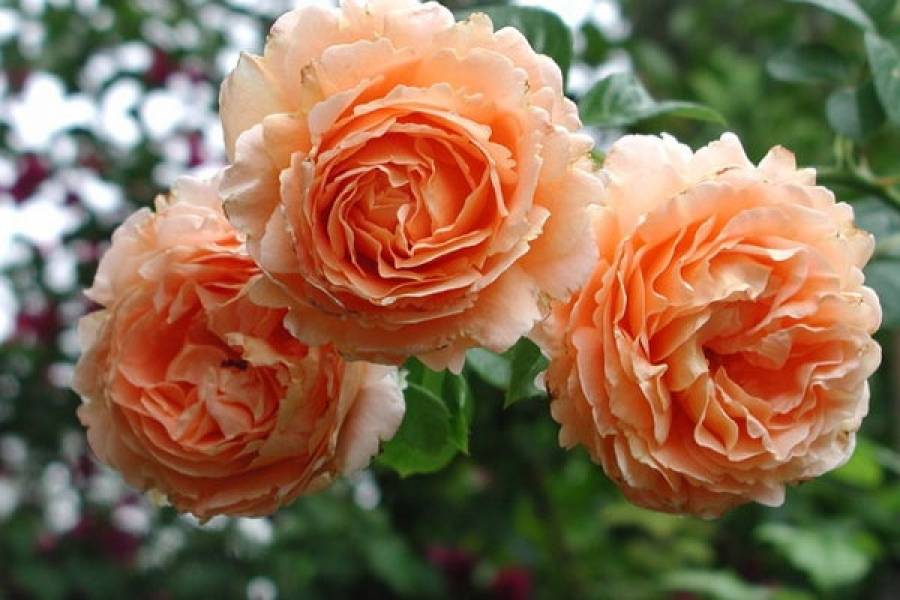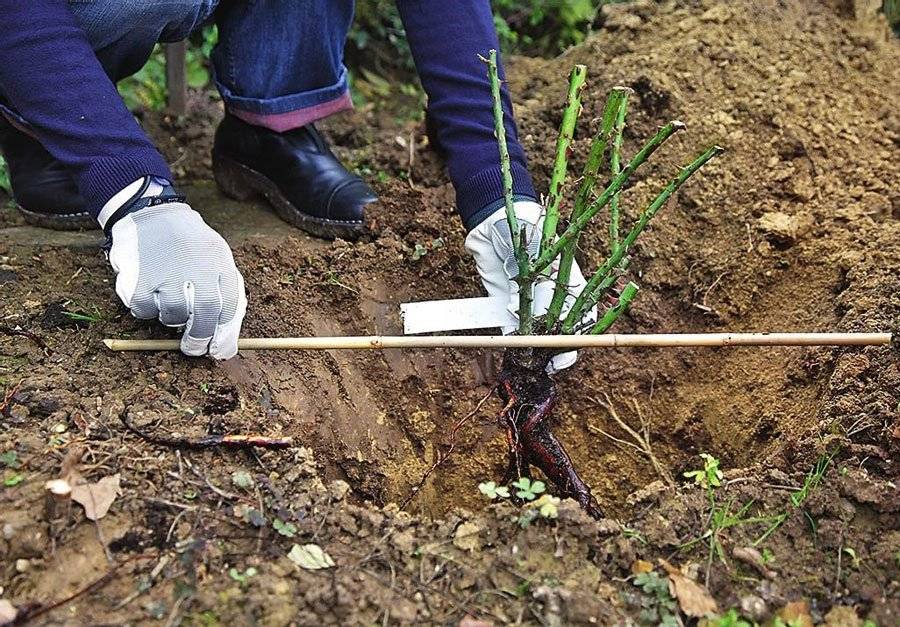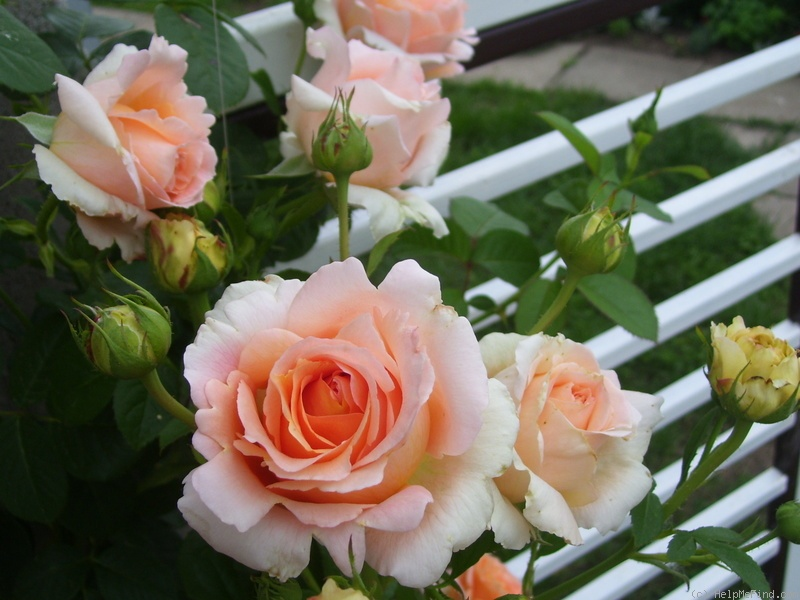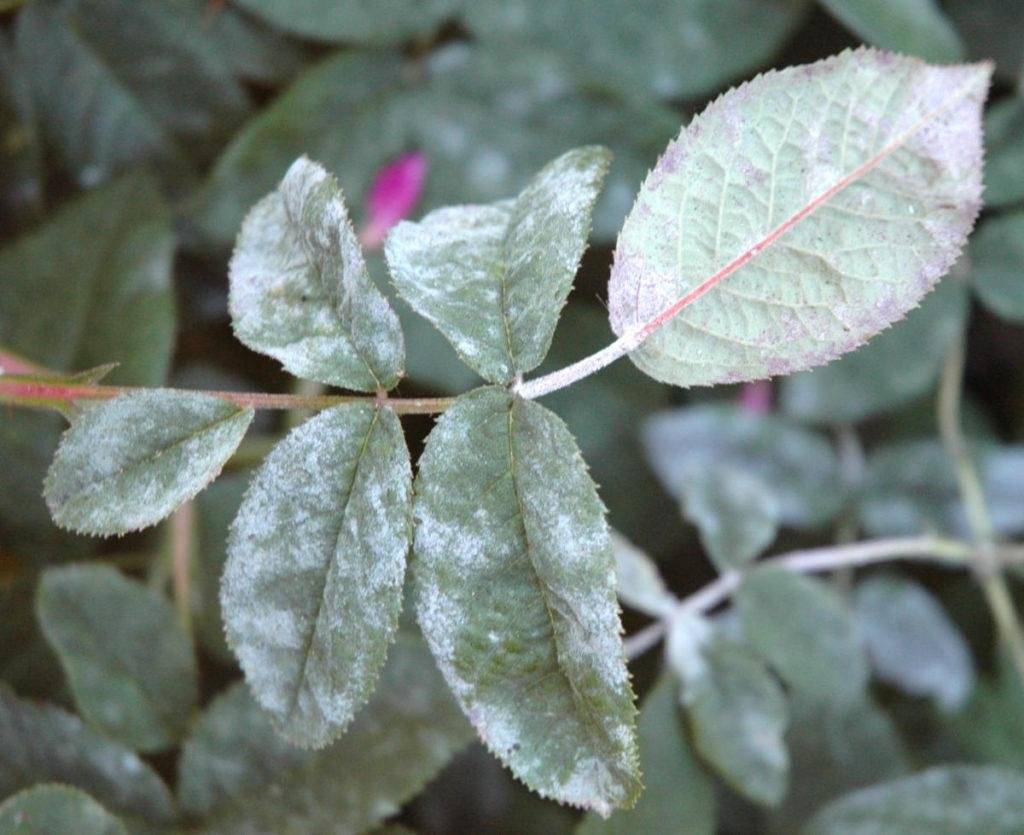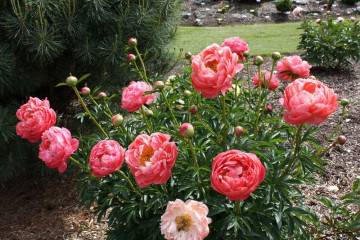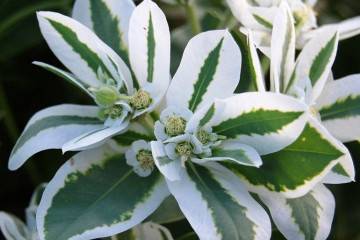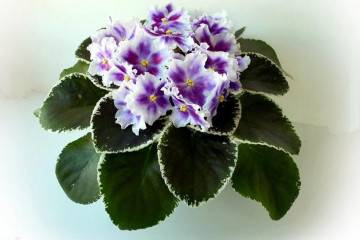Rose Polka (Polka) - features of a popular flower
Content:
Rosa Polka is characterized by abundant flowering of buds of a delicate peach shade. Undemanding care and good adaptation in mid-latitudes make this flower especially popular in home floriculture.
Rose Polka
The variety has another name - Lord Byron, in honor of the British poet and Twilight Glow. Polka refers to klayber roses, that is, it tends to stretch up and curl, if it grows on structures or buildings.
The creator of the variety is the famous breeder - Jacques Mushotte, who bred the rose in 1991. Until the early 2000s, the scientist was engaged in improving the physical properties of polka.
Brief description, characteristic
Description of the Polka variety:
- the height of the bush can vary from 1.5 to 4 meters;
- grows 2 meters wide;
- long, thick and erect branches;
- dark green leaves with a glossy surface;
- sharp thorns densely located on the shoots;
- flower diameter - 10-15 centimeters;
- the color of the petals is light peach with cream edges.
Advantages and disadvantages of the variety
Advantages of Polka roses:
- has a high resistance to frost, can withstand 27 degrees of cold;
- beautiful shape and delicate shade of flowers;
- frost-resistant variety;
- tolerates droughts without negative consequences.
Minuses:
- the presence of sharp thorns;
- does not tolerate drafts.
Use in landscape design
Polka is used to decorate hedges, arches, gazebos and decorative tapestries. This variety looks beautiful with other tea roses. Florists recommend diluting the flower beds on which Polka is planted with blue or lilac flowers.
Growing a flower, how to plant it in open ground
Climbing Rose Polka easily tolerates the planting procedure and adapts to new conditions without negative consequences.
In what form is the landing
In open ground, the shrub must be planted with the help of seedlings. This method is the most convenient and does not require a long time to take root.
Landing time
The most optimal period for planting in the ground is spring. The procedure should be carried out only after thorough heating of the soil and the end of frost.
Location selection
For cultivation, open places with natural light are chosen. To avoid shedding the buds, they are planted so that on the north side there is some kind of building or a high fence to protect the bush.
How to prepare the soil and flower for planting
It is recommended to dig up the planting site in the fall and add organic matter. In the spring, the soil is loosened up again and mineral fertilizers are applied.
For good survival, seedlings are dipped in a root-forming saline solution for 2-3 hours.
Planting procedure step by step
Landing is carried out according to the following algorithm:
- Dig holes with a diameter and depth of half a meter.
- The bottom is covered with a 5 cm layer of drainage material.
- A little substrate is poured on top.
- Place the seedlings and cover with the remaining nutritious soil mixture.
Plant care
Rose Polka is unpretentious in care, but you still need to try not to make mistakes during its cultivation.
Watering rules and humidity
At normal times, watering is carried out once a week, but during a drought, their number is increased. For one bush, you need to spend at least 15 liters of slightly warm and settled water.
Top dressing and soil quality
For the normal growth of a climbing rose of the Polka variety, 3 dressings per season are enough. The first is carried out in the spring with organic matter and a nitrogen preparation. The second summer - potassium-phosphorus fertilizers. The third must be carried out before the flower leaves for winter, a complex mineral preparation is introduced.
Pruning and replanting
Pruning is carried out in spring and summer, before flowering. In the spring, damaged shoots are removed, and in the summer, young branches are cut in order to thin out the shrub and facilitate flowering.
Features of wintering a flower
Closer to the first frost, the ground under the bush is mulched and covered with a thick layer of dry leaves. Then they tighten the branches with a tourniquet and bend them to the ground. They carefully cover it on top with spruce branches and carefully fix everything.
Blooming rose
Polka blooms beautifully, but the duration of this process is especially surprising. In southern latitudes, it can reach 4 months.
A period of activity and rest
Polka has two waves of flowering in mid-latitudes, and in the south, their number can increase to three. Bud set begins in June and lasts until September. Each wave lasts about 2 or 3 weeks.
Care during and after flowering
During flowering, you need to stop pruning or pinching, as well as feeding with nitrogen-containing fertilizers.
What to do if it does not bloom, possible reasons
The reasons for the lack of flowering and possible solutions to these problems:
- Insufficient lighting - is solved by transplanting the bush to a more favorable place.
- Excessive watering, provoking rotting of the roots - it is necessary to loosen the soil and treat the roots with fungicides.
- The lack of watering is to increase their regularity and abundance, to mulch the land.
Flower propagation
The main breeding method for Polka is cuttings. This method is unique in that it gives 100% survival rate of cuttings, and the properties and characteristics of the mother bush will remain the same in new flowers.
When is it produced
Cuttings are cut in early June and in the first half of the day. During this period, the plant is just beginning to form new strong shoots.
Detailed description
The grafting procedure is as follows:
- Cut the cuttings 15 centimeters long with at least 3 growth buds.
- The lower leaf plates are removed and the pieces are placed in a root-stimulating solution.
- Cuttings are planted in a nutritious soil, covered with plastic or film "caps" on top and await their rooting.
Diseases, pests and ways to control them
Polka is a disease-resistant rose variety that in rare cases can get sick with powdery mildew and black spot. The signs of dew are white bloom on the entire surface of the sheets, which then begins to turn gray and dark. And spotting is characterized by dark spots on the leaf plates, which soon begin to dry out.
In the fight against diseases, treatment with Topaz or Horus fungicides is effective. In the first stages, you can do with the folk method: washing with soapy water.
Rosa Polka has many advantages: it blooms brightly, profusely and colorfully, does not get sick and endures cold. And most importantly, any florist, even a beginner, will cope with caring for it, because the plant is absolutely not capricious when growing at home.
